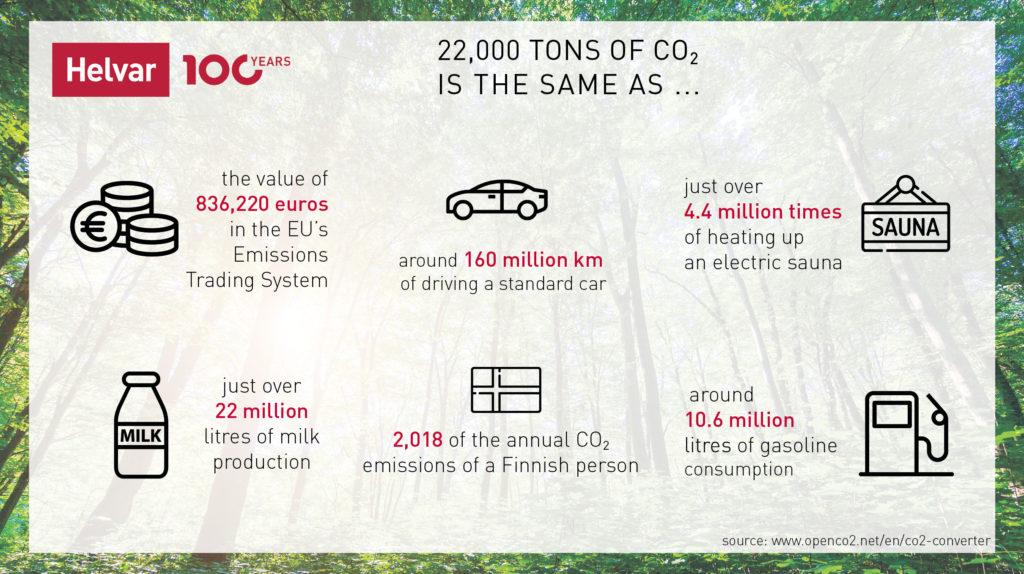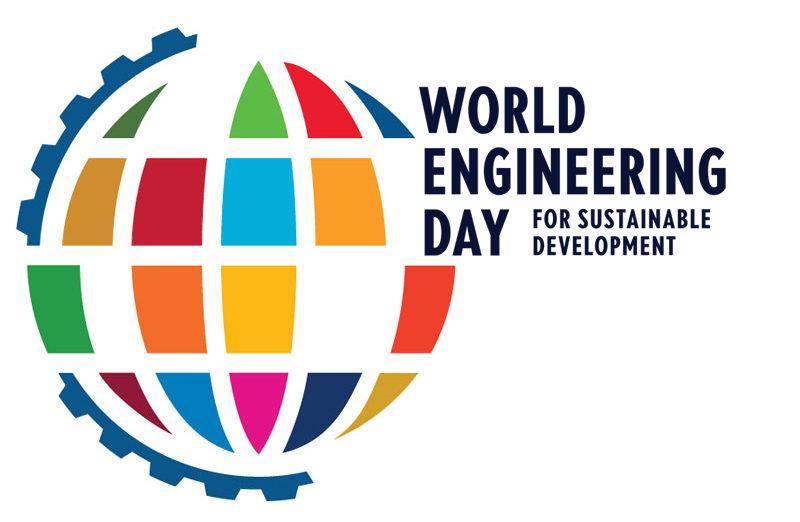WRITTEN BY HENRI JUSLÉN
Henri Juslén, Helvar’s Chief Future Illuminator, focuses together with his team on lighting, research, university co-operation, IPR, standards and AI-solutions. With over 40 years of life experience and over 20 years of lighting experience, Henri is a true veteran of the lighting industry. Henri holds a number of qualifications including a D.Sc in tech and the WELL AP credential.
Today on 4th March 2021, we are celebrating World Engineering Day for Sustainable Development. This is celebrated every year as a UNESCO international day, celebrating engineers and engineering. World Engineering Day highlights that engineering has always had an essential role in sustainable development and human welfare. UNESCO’s target is to ensure that future generations of engineers and scientists will be able to design solutions for local and global challenges. With new engineering work, lighting control-based solutions can do much more in the future, and maybe even more than what we can imagine now.

Engineers in the lighting industry have always been busy creating solutions and products that lead to a sustainable future. In the past 15 years, two significant factors have influenced lighting energy use globally, led-based lighting and banning incandescent lamps in many countries. As a result, lighting consumes less from the total energy used in most countries globally than before, which is excellent. In past decades the most important energy-saving opportunity has been good lighting control. For Helvar, energy-saving has remained at the core of our solutions throughout decades. Lighting control and energy efficient drivers are essential in encouraging the wellbeing of people and energy-savings. Today, an increasing number of parties are interested in energy-savings and reducing their carbon footprint. Lighting control naturally is a desirable solution for reducing carbon footprint since you can save money and improve wellbeing at the same time. It’s even possible to reach a triple win, good for nature, good for the wallet and good for end-users.
Our dimmable drivers, sensors and controlling logics enable energy-savings in projects. We are helping customers to reduce their carbon footprint; an approach called carbon handprint. So, you’re probably wondering what kind of handprint we have? It would be nice to calculate the effect over our 100-year history; however, this is challenging as it includes too many unsure factors to estimate an average. Instead, we focused on the carbon handprint that our products and solutions have now. Some averaging was still needed since we do not have the data on every project. We calculated the energy-savings that our 2020 sold products and solutions enabled after being in use for one year and translated this energy figure to CO2 by using the EU average. The result was approximately 22,000 tons of CO2. But what does this really mean? Let’s look at the infographic below for reference to show what this number means when translated to something more familiar.

It’s a proud achievement for Helvar to be playing a part towards a sustainable future. A special thanks to our Helvar development engineers and to all engineers working on lighting projects that have enabled this and for doing your part on the road towards a brighter future. The celebration of World Engineering Day is also about promoting engineering as a career and how it is an opportunity to change the world for the better. So, if you are thinking about your future studies or are able to influence someone who is, please promote the awareness of engineering as a career, as well as the importance of youth in studying science, technology, engineering and mathematics.

